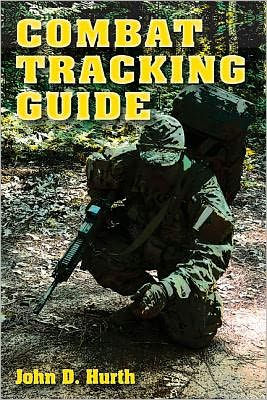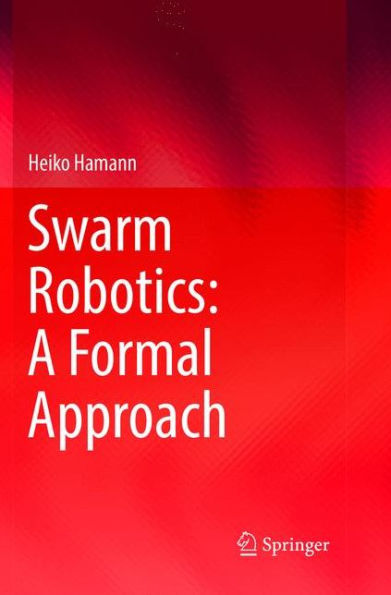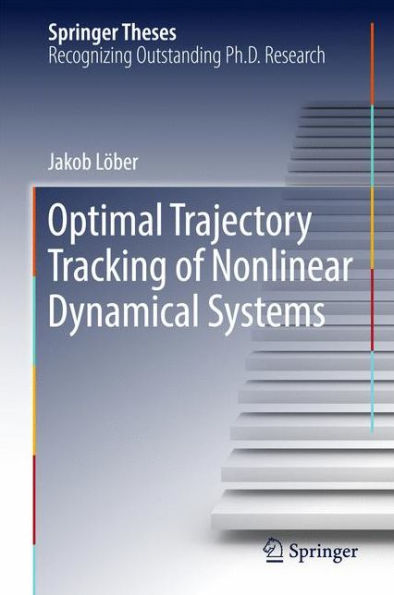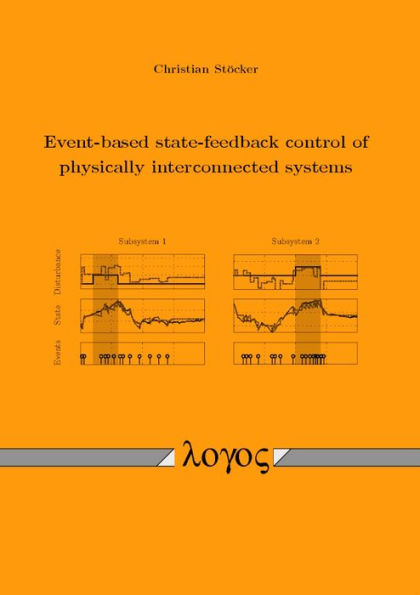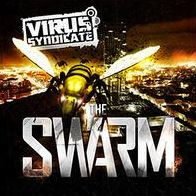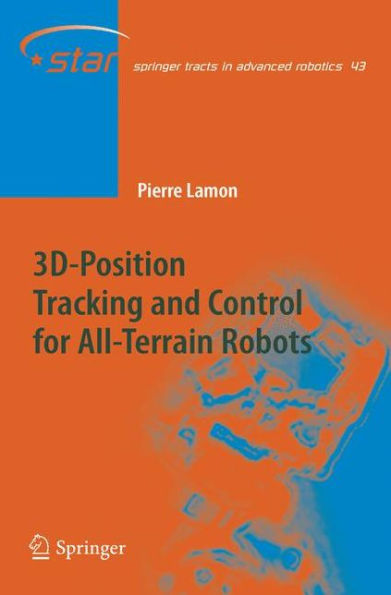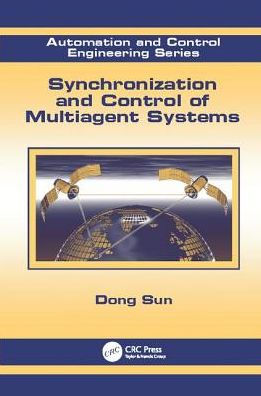Home
Formation Tracking Control for Heterogeneous Swarm Systems
Loading Inventory...
Barnes and Noble
Formation Tracking Control for Heterogeneous Swarm Systems
Current price: $115.00


Barnes and Noble
Formation Tracking Control for Heterogeneous Swarm Systems
Current price: $115.00
Loading Inventory...
Size: Hardcover
*Product Information may vary - to confirm product availability, pricing, and additional information please contact Barnes and Noble
Swarm system, also known as multi-agent system, refers to a system composed of multiple subsystems (agents) with certain communication, calculation, decision-making, and action capabilities through local information interaction, such as a group of unmanned aerial vehicles (UAVs), unmanned ground vehicles (UGVs), satellites, etc. Formation tracking control of swarm systems is an important technical support and approach for the emergence of swarm intelligence at motion control level.
By applying formation tracking control, swarm system agents can adjust their relations in the state or output space through neighboring information interaction, and then the swarm system can achieve favorable space-time conditions for many cooperative tasks such as source seeking, target enclosing, and surveillance. Thus, complex missions can be performed efficiently or cost-effectively. In cross-domain collaborative applications, including air-ground coordination and air-sea coordination, swarm systems are usually composed of several heterogeneous agents, and swarm intelligence can be enhanced by complementary functions of different agents. How to achieve time-varying formation tracking for heterogeneous swarm systems is crucial for cross-domain coordination, which has important theoretical value and practical significance.
This important book presents a systematic theoretical approach and control framework on the time-varying formation tracking for high-order heterogeneous swarm systems. Distributed controller design and stability analysis of closed-loop systems for several specific formation tracking problems are provided. Furthermore, the proposed control approaches are applied to practical cooperative experiment platforms composed of UAVs and UGVs, and several formation tracking experiments are carried out to further verify the effectiveness of the theories.
